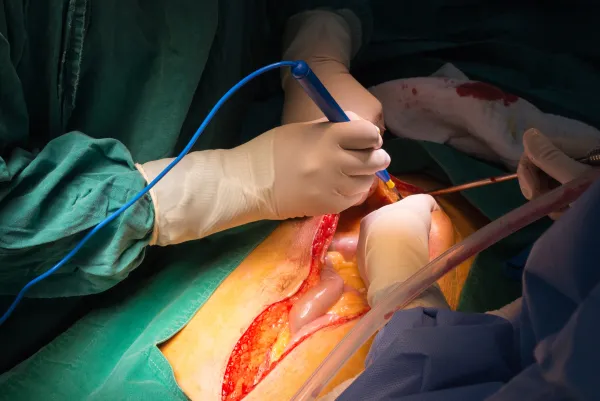Ob-Gyn Coding Alert
Gynecology:
5 Tips Help Manage Your Myomectomy Claims
Published on Tue Dec 01, 2015

You’ve reached your limit of free articles. Already a subscriber? Log in.
Not a subscriber? Subscribe today to continue reading this article. Plus, you’ll get:
- Simple explanations of current healthcare regulations and payer programs
- Real-world reporting scenarios solved by our expert coders
- Industry news, such as MAC and RAC activities, the OIG Work Plan, and CERT reports
- Instant access to every article ever published in Revenue Cycle Insider
- 6 annual AAPC-approved CEUs
- The latest updates for CPT®, ICD-10-CM, HCPCS Level II, NCCI edits, modifiers, compliance, technology, practice management, and more
Related Articles
Other Articles in this issue of
Ob-Gyn Coding Alert
- Obstetrics:
Pregnant Patient Annual Visit? Code What You Know By Visit's End
Here are the ICD-10 codes you should be using. The starting line for global maternal [...] - Gynecology:
5 Tips Help Manage Your Myomectomy Claims
Heads up: The weight of myomas can matter more than the number of them. Deciding [...] - E/M:
Maximize Your Ethical Reimbursement By Focusing on 99211
Meet these 3 criteria, and your claims will have no problem. If your ob-gyn waives [...] - ICD-10:
Prevent Pelvic and Female Genital Organ Pain Diagnosis Mishaps With This Advice
Forget 625.9; you should be using one of two codes instead. Patients often present to [...] - You Be the Coder:
Be Sure To Include How Long Service Took For Modifiers 52, 53
Question: My ob-gyn attempted hysteroscopic D&C but “after 40 minutes of attempting to find the cervical [...] - Reader Question:
How to Report Nitrazine Smear
Question: The ob-gyn performed a Nitrazine smear to check to see if a patient’s amniotic fluid [...] - Reader Question:
More Than 13 Antepartum Visits? Do This
Question: If a pregnant patient has a total of 23 visits due to gestational DM or [...] - Reader Question:
MFM Consults In Hospital? Look to Outpatient Codes
Question: We have a few patients that our Maternal Fetal Medicine doctor saw in the hospital [...] - Reader Question:
Should You Use Modifier on US Scenario? Find Out
Question: A patient came into the clinic for a routine prenatal visit, and we performed an [...]
View All




